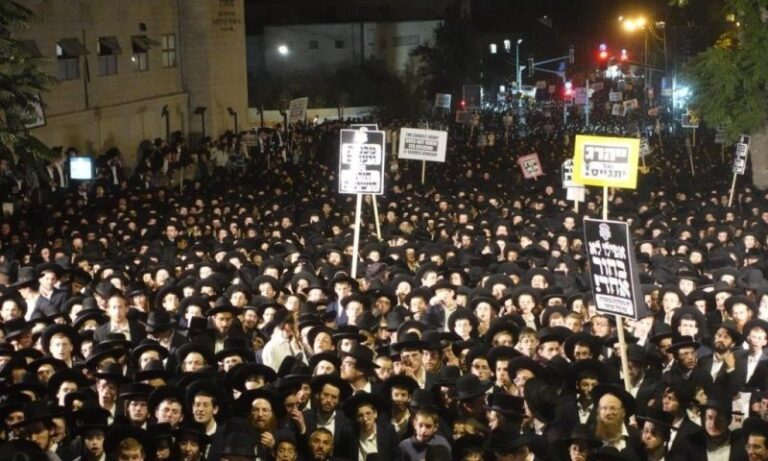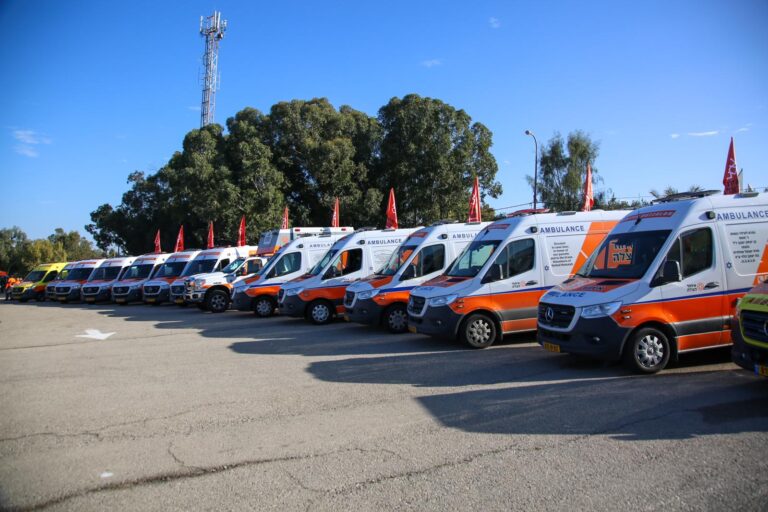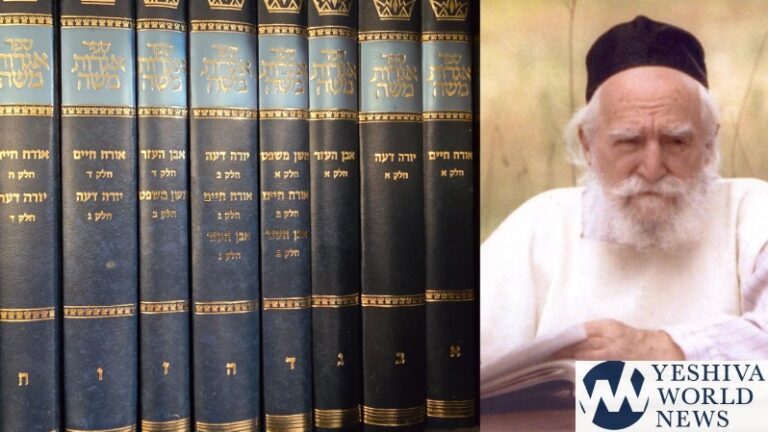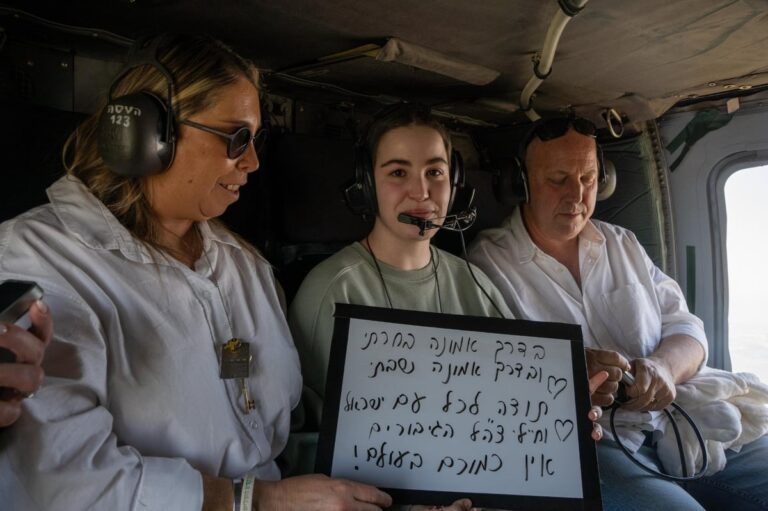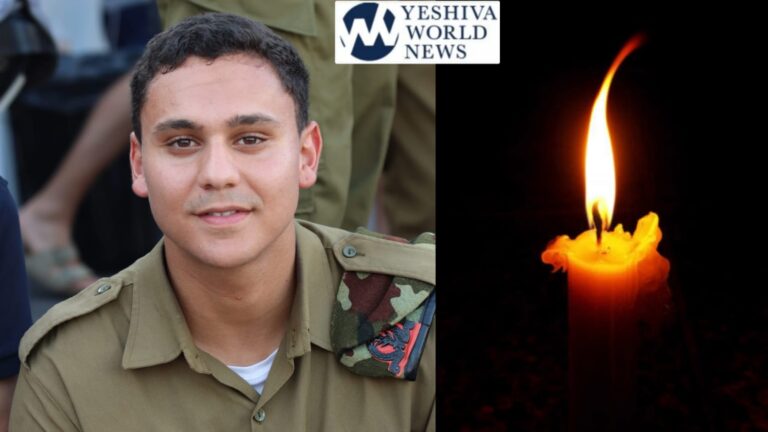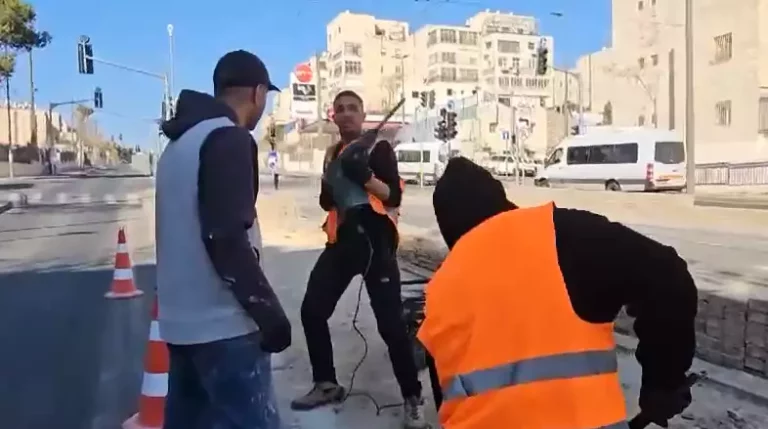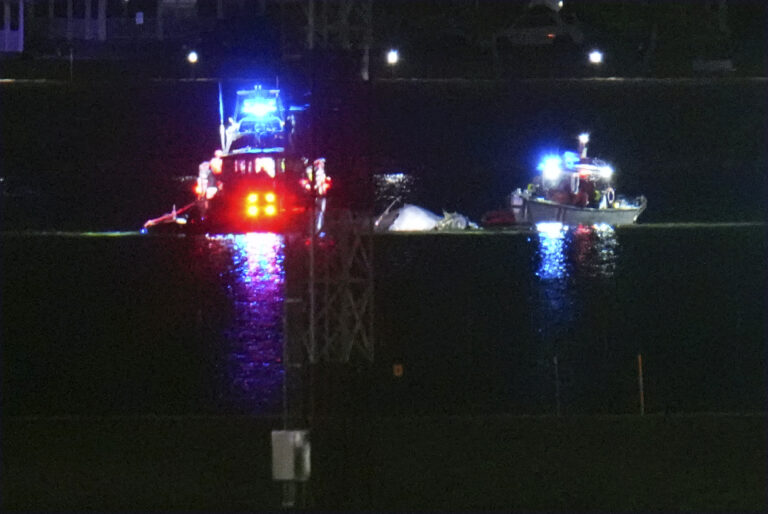 At a time when the New York Police Department is encouraging beat cops to be more approachable to law-abiding citizens, it’s also equipping them to do combat with rampaging shooters.
At a time when the New York Police Department is encouraging beat cops to be more approachable to law-abiding citizens, it’s also equipping them to do combat with rampaging shooters.
The mass shootings in Orlando, Dallas and elsewhere have prompted the nation’s largest police department to accelerate a $7.5 million program to distribute heavy-duty body armor to uniformed patrol officers who might have to respond.
Some 20,000 helmets are set to be distributed by the end of the year. And the department’s 3,000 patrol cars will begin carrying pairs of heavy-duty vests that officers will put on if dispatched to a report of an active shooter.
Simultaneously, the city’s new police commissioner is championing a neighborhood policing program aimed at bridging the divide between police and minorities.
Here’s a closer look at the arming of NYPD officers and some of its implications:
———
THE HARDWARE
Currently, NYPD patrol officers wear bulletproof vests thin enough to fit under their dark blue uniforms. The vests are capable of stopping a handgun round but not automatic rifle fire. The new vests provide that extra protection, with ballistic panels on the front and back that fit over the uniform.
The tougher helmets are comparable to one depicted in a photo distributed by Orlando police following the massacre at a gay nightclub in June. There was a large pockmark on it caused by the killer’s gunfire — evidence, the department said, that the helmet probably saved a SWAT officer’s life.
NYPD patrol officers are armed with 9 mm semi-automatic handguns with 15-round clips. Some have Tasers stored in their cars, but there are no long guns in the mix.
By comparison, the NYPD’s counterterrorism officers and others with the Emergency Service Unit — the NYPD’s equivalent of SWAT officers — have semi-automatic assault weapons, typically M4 rifles, to go along with their sidearms.
———
THE EXPECTATIONS
The new gear reinforces an approach adopted by the NYPD and some other departments around the country that calls on first-responding officers to confront shooters immediately, rather than establish a perimeter and wait for specially trained tactical units to arrive. In addition, the NYPD is giving officers special training on how to deal with multiple shooters.
The response comes amid concerns from civil libertarians and others that ordinary beat cops are becoming too militarized. But police officials see the measures as necessary to protect their officers and save civilian lives in deadly encounters that unfold quickly and demand a swift response.
Career NYPD commander James O’Neill, who next month will replace outgoing Police Commissioner William Bratton, was blunt about the expectations.
“That’s just the reality of it,” he said. “If something happens in Brooklyn, midtown, up in the Bronx, it’s going to be the sector cops who roll up first. And we have an expectation that they’re going to go to the danger. They’re going to go to the fight.”
———
WILL IT MAKE A DIFFERENCE?
Police union officials in New York, Los Angeles and elsewhere have been complaining for months that they need more training and equipment for their redefined role. Even with the NYPD announcement about the new helmets and vests, Patrick Lynch, president of the powerful Patrolmen’s Benevolent Association, is still complaining.
The helmets and vests are fine, Lynch said, but without long guns at the ready “the officers and the public they are sworn to protect will remain in great danger.”
That position is open to debate. In a letter to the Daily News, a retired coordinator of the department’s Tactical Training Unit, Daniel Modell, wrote that long guns would make sense in departments where officers patrol alone in cars in areas where the response time of SWAT units can be lengthy. But officers in New York, he said, usually work in pairs and can get armored support promptly.
Besides, NYPD patrol officers “have what these killers invariably lack: heart,” Modell wrote. “That and a 9 mm more than suffices.”
(AP)

